Here's Why You Should Wait Until January to Buy an Electric Car
In recent years, the electric vehicle (EV) market has seen remarkable growth, with total EV sales poised to hit three million units by the end of this year, according to J.D. Power. As the EV industry gains momentum, several factors are coming into play that could influence when and why consumers decide to buy an electric vehicle. Perhaps most importantly is the impact of the $7,500 Clean Vehicle Credit set to take effect in January 2024 and its potential to reshape the buying behavior of EV enthusiasts.
The $7,500 Clean Vehicle Credit: A Game Changer for EV Buyers
One significant change in the world of EV incentives is the upcoming modification to the Clean Vehicle Credit. Starting in January 2024, eligible buyers will have the option to transfer the $7,500 tax credit directly to the dealer as a down payment at the point of sale. This represents a substantial departure from the previous system, where buyers had to wait until they received their tax returns to enjoy the benefit of the credit.
While the qualification criteria for this credit can still be complex, involving details such as the vehicle's assembly location and the sourcing of minerals used in battery construction, the process of applying the credit will become significantly more straightforward. In the past, eligible buyers had to endure the wait and uncertainty of receiving the credit after their tax returns were processed.
To illustrate the tangible impact of this change, let's consider an example with a Volkswagen ID.4. In 2023, a buyer would pay an additional $139 per month for a loan, and depending on when they purchased the vehicle in relation to their annual tax return, they could end up paying as much as $828 more in interest over the life of the auto loan compared to buyers who wait until January 2024 to make the same purchase.
This new system introduces a heightened level of consumer education that both dealerships and original equipment manufacturers (OEMs) will need to address. Dealership finance and insurance (F&I) departments will need to navigate new filing and administrative procedures when applying the credit to a down payment in 2024. Furthermore, dealerships must ensure that customers understand how these incentives will impact their overall costs. Whether this altered structure will cause prospective buyers to delay their purchases until January or proceed immediately may largely depend on the incentives offered during the holiday sales push in the final months of the year and how effectively these details are communicated.
EV Sales on the Rise
Irrespective of the timing of these new incentives, the momentum of the EV market is undeniable. The J.D. Power EV Index reveals that it took five and a half years for total EV retail sales to reach one million units, and just 18 months to double that to two million. Based on current forecasts, retail EV sales are anticipated to reach three million by December of this year and four million by the end of Q3 2024. The electric vehicle revolution is undoubtedly gaining critical mass.
Pricing Discrepancies in the Compact SUV Segment
One potential hurdle for EV sales in the near term is the pricing imbalance between electric vehicles and internal combustion engine (ICE) vehicles in the compact SUV segment, one of the highest volume retail sales categories in the United States. Presently, the majority of mass-market compact EV SUVs are priced around $52,000, compared to approximately $34,000 for equivalent mass-market ICE SUVs. In contrast, ICE vehicles in the compact premium SUV segment are priced at around $53,000, while compact premium EV SUVs can cost $60,000 or more.
This pricing gap has created a situation where cost-conscious shoppers in the compact SUV market may find themselves cross-shopping a mass-market EV against a premium ICE vehicle. According to the latest J.D. Power 2023 U.S. Electric Vehicle Consideration (EVC) Study, 67% of new-vehicle shoppers who are considering an EV are also looking at non-EVs. Until the pricing disparity between mass-market and luxury EVs and ICE vehicles is bridged, many of these buyers may opt for ICE vehicles.
In conclusion, the EV market is undergoing significant changes, both in terms of incentives and consumer preferences. The introduction of the $7,500 Clean Vehicle Credit in January 2024 could impact when consumers decide to purchase an EV. Additionally, the pricing discrepancies in the compact SUV segment highlight the importance of affordability in driving EV adoption. As the industry continues to evolve, it will be crucial for dealerships and OEMs to adapt to these shifting dynamics to effectively meet the needs of potential EV buyers.
Become an AutoGuide insider. Get the latest from the automotive world first by subscribing to our newsletter here.
This article was co-written using AI and was then heavily edited and optimized by our editorial team.
More by AutoGuide.com Staff


















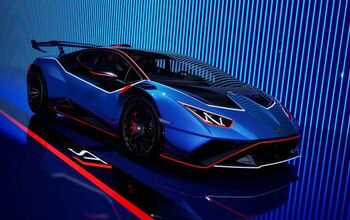

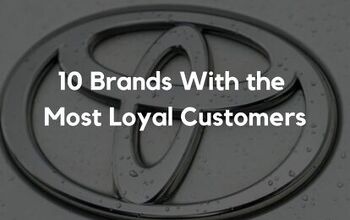
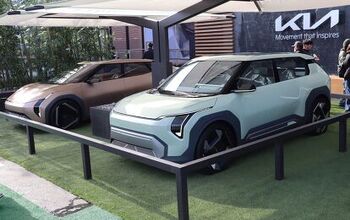
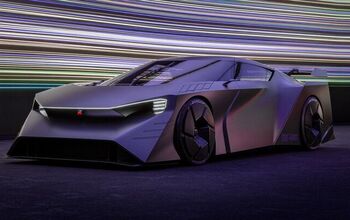








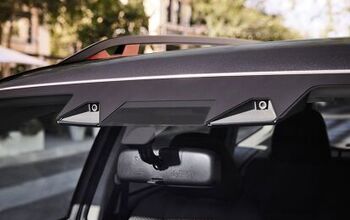

Comments
Join the conversation
I'm confused by this article. Is Autoguide.com a Canadian publication? It appears that it is considering the contact information is
AutoGuide.com, a part of VerticalScope Inc.
111 Peter Street, Suite 901
Toronto, ON, Canada
M5V 2H1
So is the $7500 Clean Vehicle Credit a Canadian credit because I can't find it on Canada's federal governments sites anywhere?
Thank -you to the Auto Guide editors for adding the footnote explaining how the information in this article was sourced and assembled. I wish all media outlets would be that transparent. It certainly adds to the article's credibility.